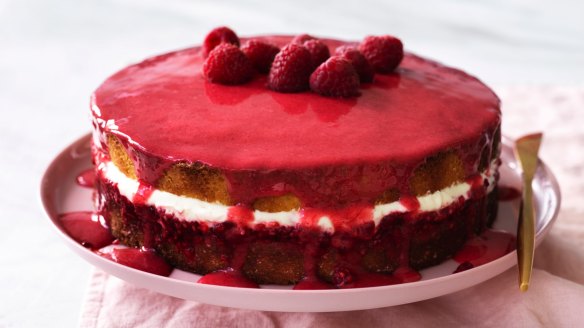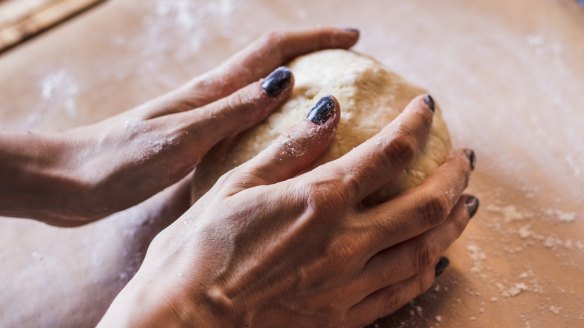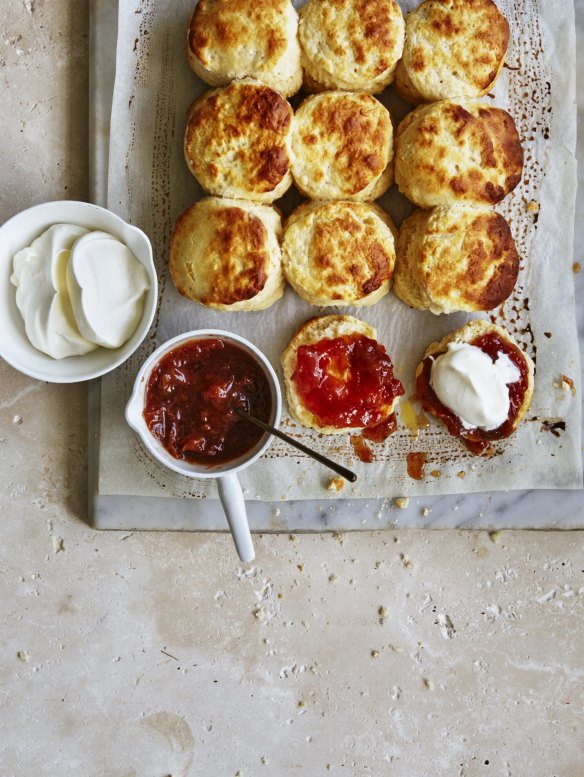The golden rules of baking

Baking is a complex business, a dance between science and craft that transforms flour, eggs, butter and liquid into anything from dense sourdough bread to light, fluffy scones.
The biggest variable is gluten (from the Latin for "glue"), created when proteins in wheat flour combine with liquid to form a mesh of tiny cells like the criss-cross weave of a fabric. These cells trap carbon dioxide gas bubbles so that when heat causes the cells to expand, they inflate like balloons – and bingo, you have a magnificent loaf of home-made bread, crusty on the outside, chewy and full of aerated goodness on the inside.

To achieve the spongy, open-crumb texture of a good bread, you need to knead and rest the dough to develop the gluten and help it hold a lot of gas. Basically, all you need to know about baking is that the longer you mix a dough or batter, the stronger the gluten, and the more gluten, the better the chew.
But you don't want the same chew from a beautiful cake as you would a baguette, so you minimise the development of gluten by not over-working the dough or batter. Quick breads such as scones need little gluten to rise quickly and develop their buttery, tender, crumbly crumb. It's a good scone when it splits easily and naturally in half with your fingers, and doesn't require cutting.
Scones have another little secret, too. Rubbing the butter into the flour not only helps prevent the gluten proteins from forming into their mesh, it also creates tiny pockets of fat that will melt during baking to create an airy lightness. That's why ingredients such as butter must be fridge-cold, in order to create those pockets and not melt too soon. For that reason, cool hands make better, lighter scones, because hot hands tend to melt the butter before the dough hits the hot air of the oven.

Mixing the liquid into the flour is another crucial point, as over-mixing will work the dough too much and develop the gluten. Using just a spatula or your hands instead of an electric beater will help minimise the risk of over-mixing.
Preheating the oven for 20 minutes is recommended for more consistent results (some ovens heat from the top first, others heat from the base), because rising agents such as yeast, baking powder and bicarbonate of soda need heat in order to react and expand.
Successful baking also relies on paying attention to the order in which ingredients are added. That means reading the recipe right through before you start, and getting everything ready in preparation. You may need to line a baking tin, or measure and weigh the ingredients – none of which you want to do while in the middle of separating eggs or with flour up to your elbows. Baking is a precise art, and respecting that will lead to a great deal of deliciousness.
Appears in these collections
The best recipes from Australia's leading chefs straight to your inbox.
Sign up- More:
- How to
